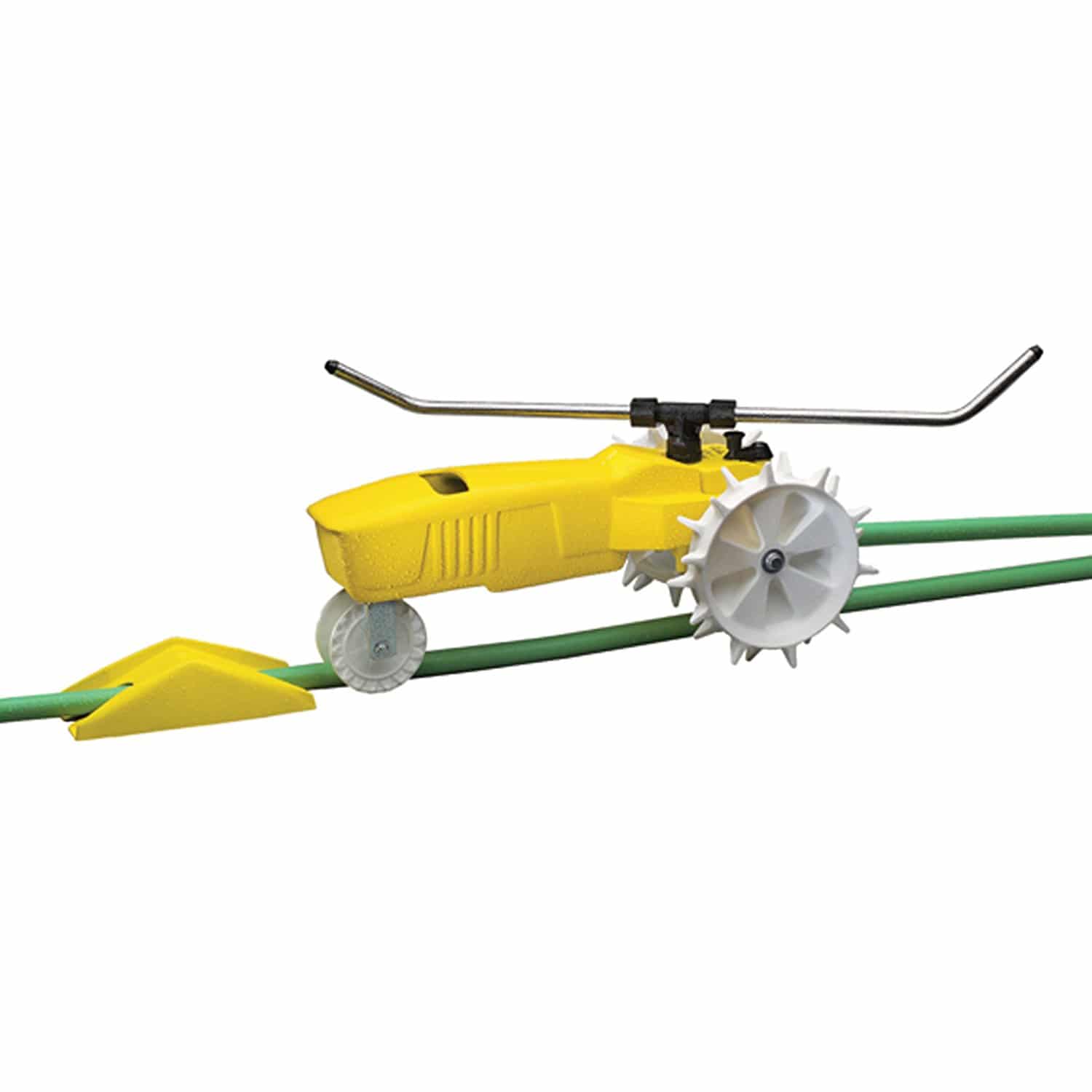Welcome to our guide on pool maintenance with baking soda! Are you wondering about the wait time after adding baking soda to your pool? Look no further, because we have all the answers you need to keep your pool sparkling clean and clear.
Adding baking soda to your pool is a fantastic way to raise pH and alkalinity levels, which are crucial for maintaining the optimal balance in your pool water. Low pH and alkalinity can cause problems like itchy skin, stinging eyes, and even corrosion of pool components. By using baking soda, you can stabilize pH levels and improve the clarity of your pool water.
So, once you’ve added baking soda to your pool, how long do you need to wait before diving in? It’s recommended to let the baking soda dissolve for at least six hours. This will ensure that it spreads evenly across the pool and has enough time to work its magic. After the waiting period, make sure to retest the pH and alkalinity levels. If necessary, you can repeat the process until you achieve the desired balance
Remember, maintaining the right pH and alkalinity levels is essential for the overall health of your pool. By following the appropriate wait time after adding baking soda, you’ll ensure that your pool is ready for a refreshing swim whenever you are.
In the next sections, we’ll also cover how to clear cloudy pool water with baking soda and how to use baking soda to treat algae in your pool. So stay tuned for more helpful tips and tricks!
How to Clear Cloudy Pool Water with Baking Soda
If you’ve been dealing with cloudy pool water, don’t worry! Cloudiness can be caused by various factors, such as filtration issues or high mineral content in the water. Luckily, there’s a simple and effective solution: baking soda.
Baking soda is not just for baking cakes. It can also help clear up your pool water and improve its clarity. How does it work? Baking soda acts as a pH stabilizer, which means it helps to balance the pH levels in your pool.
When the pH levels in your pool are too high or too low, it can lead to cloudy water. By adding baking soda, you can restore the pH levels to the ideal range of 7.2 to 7.8, which will help clear up the cloudiness.
If you’re dealing with severe cloudiness and want a quick fix, you can also try superchlorination, also known as hyper-chlorination. This involves adding a large amount of chlorine to your pool to kill bacteria and algae that may be causing the cloudiness.
After superchlorination, test the pH levels again. If the levels are still not within the ideal range, slowly add baking soda to the water until you achieve the desired pH. Remember to test the levels regularly to ensure the water remains clear and balanced.
In addition to pH levels, high alkalinity can also contribute to cloudiness. Baking soda, with its alkaline properties, can help stabilize the alkalinity levels in your pool, contributing to improved water clarity.
So, the next time you notice cloudy pool water, don’t panic. Grab your baking soda and get ready to restore the clarity of your pool. With this simple and effective method, you can enjoy crystal clear water all summer long!
Using Baking Soda to Treat Algae in Pools
If you’re dealing with unsightly algae growth on your pool walls, baking soda can be a simple and effective solution. The alkaline properties of baking soda make it an excellent tool for combating black or brown algae. To start, sprinkle baking soda directly onto the algae-infested areas. Then, grab a pool brush and vigorously scrub the affected area. The combination of baking soda and mechanical action will help eliminate the algae and restore the cleanliness of your pool.
To enhance the effectiveness of algae treatment, consider using an algaecide in conjunction with baking soda. Algaecides are specially formulated to target and kill algae, providing an additional layer of defense against future growth. Mixing the algaecide with the baking soda treatment can deliver even better results.
After treating your pool with baking soda and algaecide, it’s important to give the treatment time to work. One effective method is to run the pool through an overnight cycle. By circulating the water for an extended period, the baking soda and algaecide can penetrate all areas of the pool and further aid in algae removal. This overnight cycle will create an environment that is less favorable for algae growth, helping to prevent future outbreaks.
Regular pool maintenance with baking soda can also help prevent algae growth in the first place. By maintaining proper pH and alkalinity levels, you can create a balanced environment that inhibits algae development. Testing your pool’s water regularly and adjusting the levels as needed will ensure that your pool stays clean, clear, and algae-free.
Does Adding Baking Soda to a Salt Water Pool Have Any Dangers?
Adding baking soda to a salt water pool can help stabilize the pH levels and prevent corrosion. However, there are risks of salt water pools, such as potential damage to the pool equipment and irritation to skin and eyes. It’s important to carefully monitor chemical levels to avoid any dangers.










